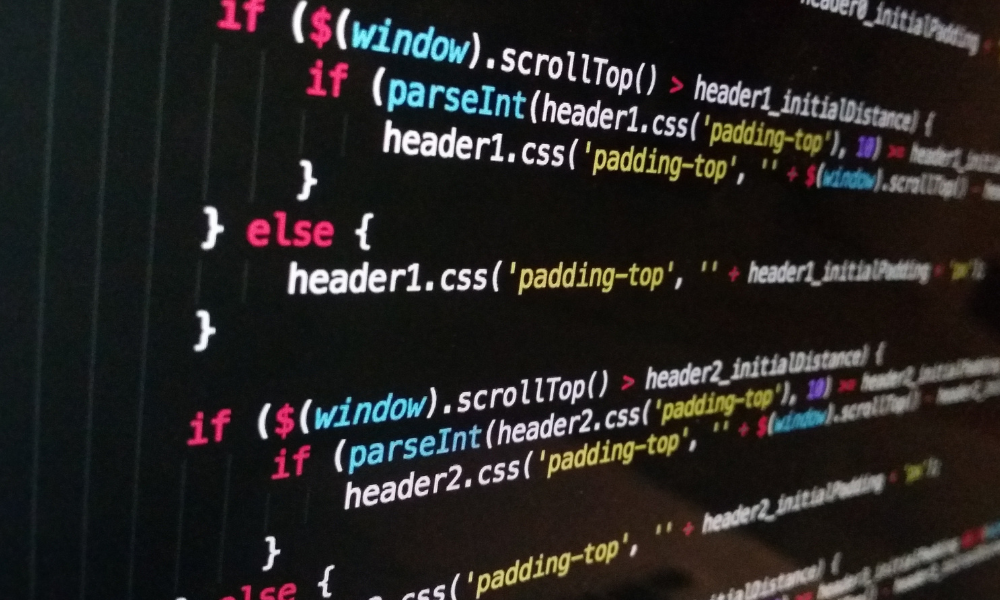Whenever parties interact with one another via computer systems and communication networks — as when a consumer buys a product from a vendor using a desktop computer, the Internet, and a web server, or when participants in an Internet-enabled conference exchange confidential information — it’s important to ensure that the interaction doesn’t make any of the parties vulnerable to injury from mistaken or aggressive acts.
Clear Methods believes that a security architecture should be designed to be programmer-friendly, so that the secure way to write a program is also the easy way to write it.
If security is an annoyance, it will be neglected, and if it’s an obstacle to enabling the interaction patterns favored by the programmer or required by an application, it will likely be compromised.
Reimagining Security Architectures: Beyond Principal-Based Frameworks
Conventional security architectures start with the paradigm of a principal (user) who asks a system (application, operating system, etc.) to perform some action on their behalf.
Having established the security of the communication channel (privacy) and the identity of the principal (authentication), the system then decides based on its prior knowledge of the principal whether the request should be granted (authorization).
Principal-based frameworks assume that a system is a monolithic entity, and that once a principal is authenticated the entire system carries the entire authority of that principal.
This neglects the fact that real systems are made up of many small pieces, of varying reliability and trustworthiness, that delegate work to one another.
The risk is that an unreliable piece may use authority that it doesn’t need to do something, either unintentionally or intentionally, that it shouldn’t do.
Some security frameworks allow for a module (such as an file I/O system) to have restrictions placed on its authority.
For example, modules from vendors A and B may together form an application in which vendor A’s module can perform network I/O but not access the window system, while vendor’s B’s module can access the window system but not the network.
To establish such security policies and arrange to have them enforced is a complex, error-prone process not integrated with system design and assembly.
The temptation on the programmer’s part is to make the modules as large as possible in order to avoid having to describe the security structure, but such over-authorized modules invite security errors and therefore attacks.
Water’s solution
Water accomplishes its security goals by taking the principal of minimally-authorized system components to its extreme by running each object in its own protection domain.
Each object possesses certain rights, and can only obtain new rights through a small number of highly controlled operations.
An object is similar to an operating system protection domain (process or address space), and a right in Water corresponds to an operating system resource such as a network connection or an open-file handle.
With object-oriented security, the notion of principal goes away except in rare “login” situations, and is replaced by objects that have certain particular rights that may have ultimately come from principals through a chain of object-to-object delegation.
Like Java, Water establishes a “virtual operating system” so that multiple objects can live in the same address space as provided by the underlying operating system.
However, Water establishes strict inter-object isolation by ensuring that all language primitives and API’s enforce strict and appropriate right transfer rules.
This makes the analogy to a secure operating system exact and eliminates the threat posed by the use of a shared address space.
Water also reduces run-time security overhead relative to Java because there is rarely any need to consult a security policy to ensure that the running module has some particular right: either it possesses a right or it doesn’t, and this is immediately knowable.
For example, an object cannot open a file unless it possesses a right, in the form of a reference to a particular directory object, that denotes the ability to open files in a particular directory or file system.
An object will not have this right unless the right has been explicitly transferred to the object.
This rights transfer may happen when a module is linked into a running system (in the same way that rights in Java are connected with classes and mediated by the class loader), but it is also easy in Water to grant rights only to individual objects or to restrict rights before granting them (e.g. to limit access to a particular subdirectory).
The patterns of rights transfer are the same as any other kind of object construction and transfer in the language, making security a natural side effect of object-oriented design, not an add-on feature that programmers are likely to neglect.
An object’s methods specify a set of rights, but when a reference the object is given out, some restriction or encapsulation may be necessary.
Water generalizes the private/package/public method set distinction made by Java with a view feature allowing as many different encapsulations of an object as are needed for different clients of the object.

